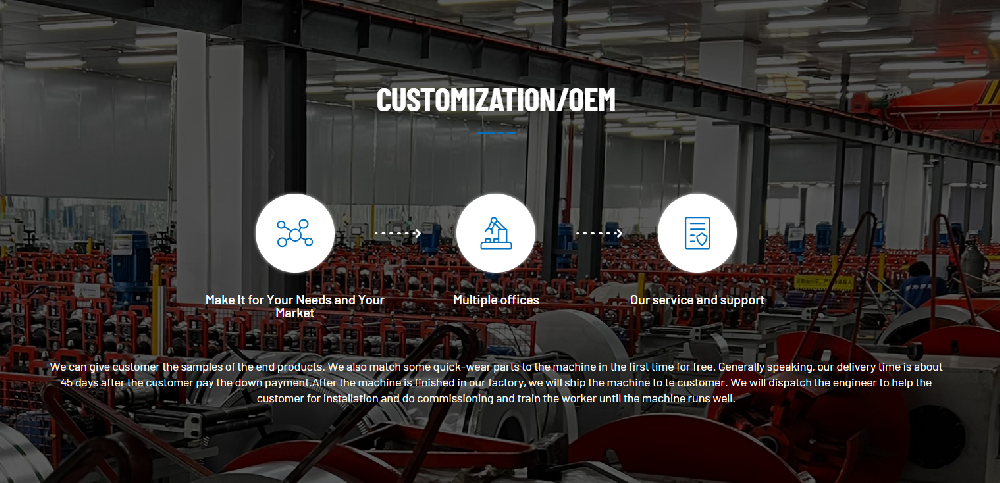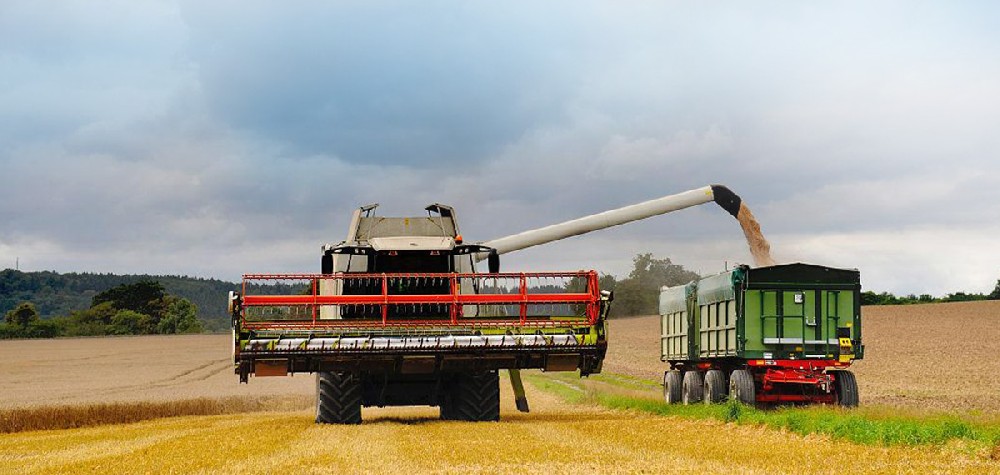Navigation Menu
Contact Us
- Email:
- info@wxavatar.com
- Address:
- Yurong Village, Yuqi Street, Huishan District, Wuxi, China.
Release Date:Aug 21, 2025 Visit:21 Source:Roll Forming Machine Factory
In metal processing and roll forming operations, minimizing downtime is essential to maintaining high productivity and meeting delivery schedules. A 10-ton hydraulic decoiler is designed to handle heavy coils efficiently, directly contributing to reduced production interruptions.

1. Larger Coil Capacity for Longer Production Runs
With a 10-ton capacity, the decoiler can accommodate larger coils, meaning fewer coil changes are needed. This reduces stoppages and allows for longer continuous production runs.
2. Faster and Safer Coil Loading
Hydraulic expansion and clamping systems simplify coil loading. Operators can load heavy coils quickly and securely, cutting setup time and minimizing delays caused by manual handling.
3. Consistent Material Feeding
Hydraulic tension control ensures steady uncoiling without slippage or jerking. This prevents jams or misfeeds that can halt production, keeping downstream processes running smoothly.
4. Integration with Automated Lines
When integrated with roll forming, stamping, or cutting lines, a 10-ton decoiler maintains a consistent feed rate. Automated synchronization reduces interruptions and keeps the production line flowing efficiently.
5. Reduced Operator Intervention
Automation and hydraulic operation minimize the need for manual adjustments, lowering the likelihood of human error that can cause unplanned downtime.
6. Durable Design for Continuous Operation
Built with heavy-duty frames and reliable hydraulic systems, 10-ton decoilers withstand the demands of high-capacity production. Their robust construction reduces breakdowns and maintenance-related stoppages.

Conclusion:
A 10-ton decoiler reduces downtime by supporting larger coils, enabling faster setup, maintaining consistent material feed, and integrating seamlessly with automated production lines. For manufacturers, this means higher throughput, improved efficiency, and smoother operations.